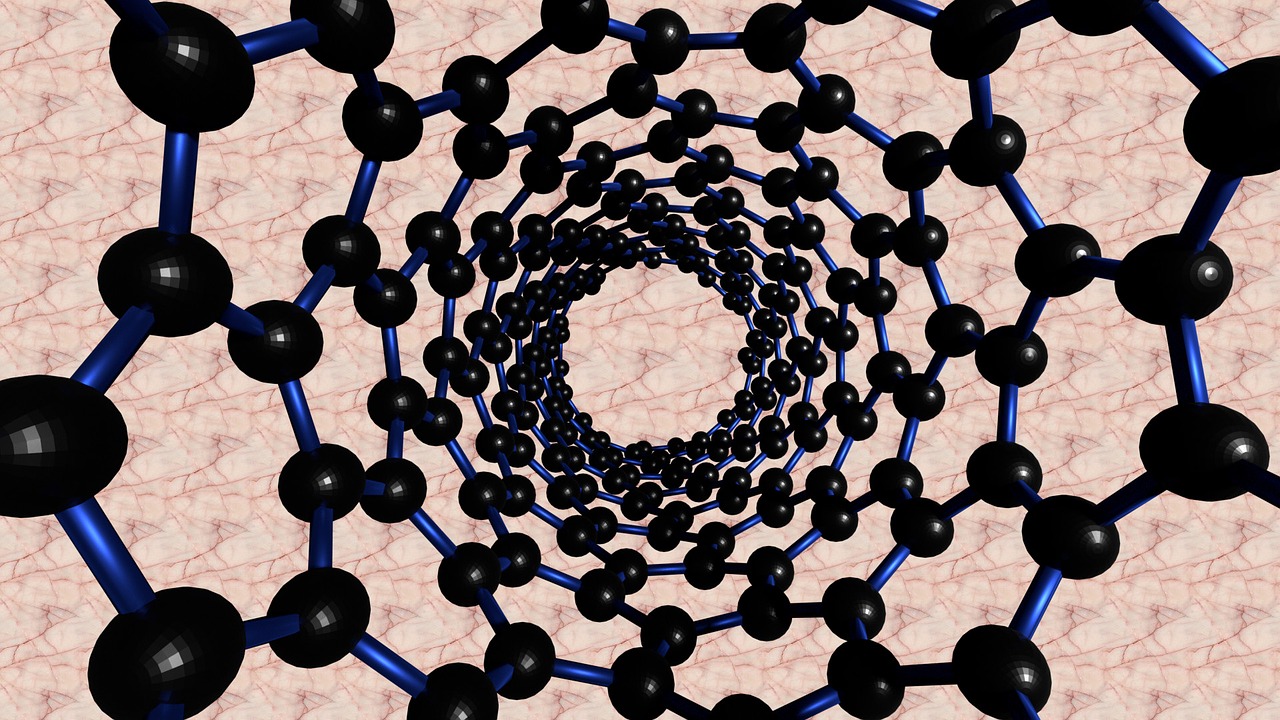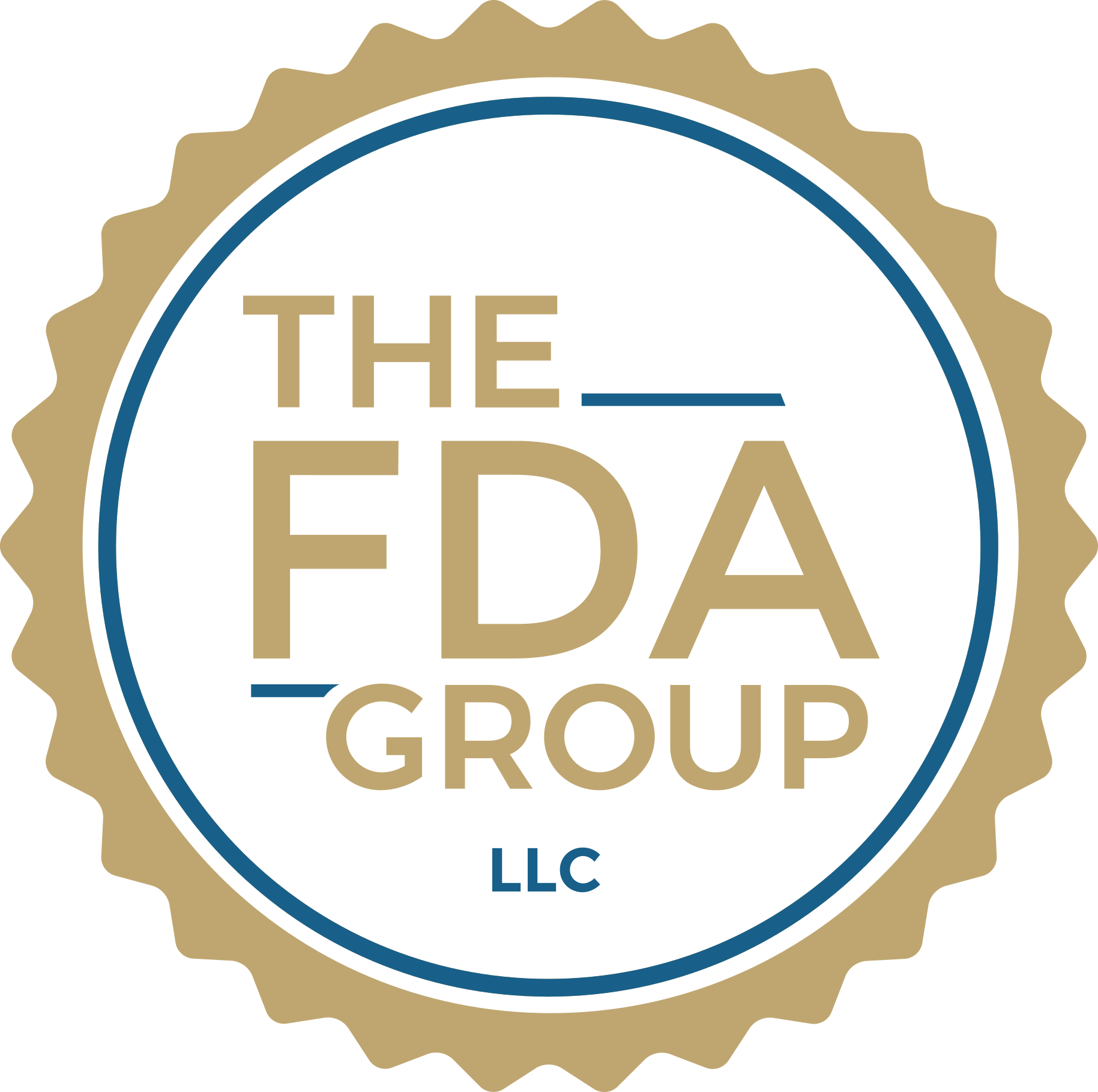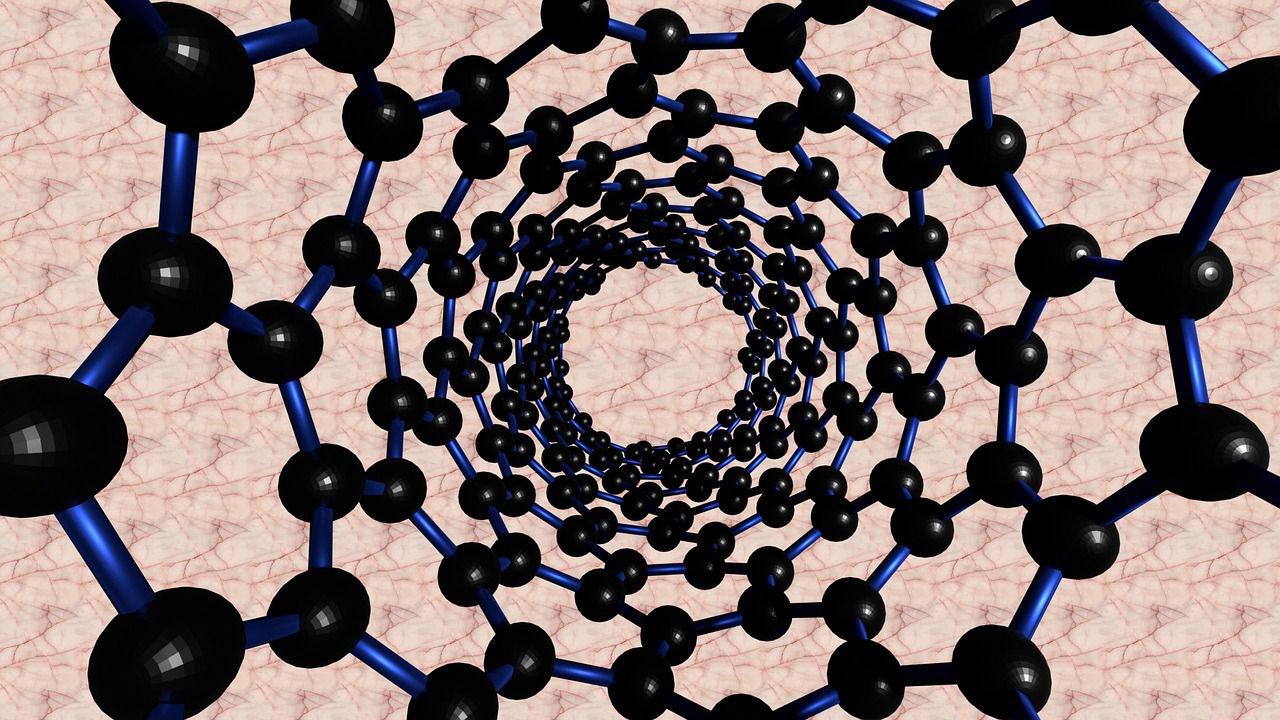
Nanotechnology is one of the newest areas in the pharmaceutical industry.
Although nanotechnology has shown promise in increasing the bioavailability of pharmaceuticals, the clarity of radiographic procedures, and the effectiveness of targeted therapies, the Food and Drug Administration considers the changes in the products manufactured with nanotechnology to be in need of further assessment to determine safety, efficacy, and bioavailability compared with their larger-molecule compounds.
As such, pharmaceutical companies should understand the Food and Drug Administration’s current approach to nanotechnology and the guidances that they have issued on the matter.
What is Nanotechnology?
Nanotechnology refers to technology used to create to materials measured in nanometers (one billionth of a meter). Nanomaterials or nanoparticles, which were developed through the use of nanotechnology, are so small that they cannot be seen with a conventional microscope.
As such, their properties may be different from that of their larger-molecule counterparts. Although there are four main groups of nanoparticles, only two have been used in commercial pharmaceuticals. The first group includes passive nanostructures, which include nanoparticles that have been integrated into pharmaceuticals to improve their performance or enhance their characteristics. The second group consists of active nanostructures that are made into specific shapes and sizes.
Although nanotechnology is a relatively broad field in scientific terms, it has four primary applications in the pharmaceutical industry: the delivery of pharmaceuticals, use in products intended to diagnose a condition, the packaging of products, and the discovery of biomarkers. In the pharmaceutical industry, nanoparticles can be used as carrier molecules in topical lotions and creams to ensure better bioavailability.
The efficacy of magnetic resonance imaging and ultrasound have been increased through the use of nanoparticles such as iron oxide and nanoemulsions containing gadolinium, respectively. Pharmaceutical manufacturers can use nanoparticles in packaging to increase the physical strength of packaging, decrease the weight of such packaging, and make the packaging resistant to ultraviolet rays, and increase the clarity of windows in the packaging.
For the discovery of biomarkers, nanoparticles have been used to detect biomarkers for diseases such as skin cancer or prostate cancer, amplify biomarkers, and prevent biomarkers from degrading.
The Approach the Food and Drug Administration Takes When Considering Nanotechnology
In general, the Food and Drug Administration does not take a different approach when evaluating the safety or efficacy of products developed with nanotechnology. Issues that are specific to a given product are generally covered in the appropriate guidances. However, the Food and Drug Administration wants pharmaceutical companies to take nanotechnology into consideration when they develop products. Pharmaceutical companies are also responsible for making certain that their products meet the appropriate regulations.
Guidances on Nanotechnology Issued by the Food and Drug Administration
The Food and Drug Administration has issued four final guidances on the use of nanotechnology. The first three were finalized on June 24, 2014, and govern the use of nanotechnology in products subject to regulation, such as cosmetics. The fourth was issued on August 5, 2015, and governs the use of nanotechnology in food and food additives for animals.
The first guidance discusses considerations that pharmaceutical companies should take into account when determining whether a product involves the application of nanotechnology.
The Food and Drug Administration will consider whether the material or end product is designed to have at least one exterior dimension or surface structure of the one- to one hundred-nanometer scale and whether the material is designed to show physical properties or phenomena that are attributable to its dimensions (even if these dimensions are outside of the nanometer scale). If a product is larger than one hundred nanometers, its maximum dimensions can be as large as one micrometer (one thousand nanometers).
The second guidance provides a general framework for assessing the safety of nanomaterials in cosmetics. According to the guidance, although the Food and Drug Administration does not have the authority to require that cosmetic companies submit data on the safety of a cosmetic, cosmetic companies are still responsible for collecting data on the safety of the cosmetics before marketing them.
The Food and Drug Administration considers the current framework for evaluating larger-molecule cosmetics to be appropriate for evaluating cosmetics manufactured with nanotechnology; however, manufacturers should use nanotechnology as the context when determining the data that need to be collected or the testing methods that they should use for the cosmetics.
They should also make certain that they collect adequate toxicological data, because the bioavailability might differ for products containing nanomaterials. Safety assessments should address the physiochemical properties of the product; accumulation and distribution of the size of products under conditions expected in the final product, impurities, routes of exposure, potential for the accumulation of the nanomaterials in the product and their ability to intensify the response; and in vitro and in vivo dosimetry and toxicology of cosmetic products with nanomaterials.
As such, companies who are considering developing products that include nanomaterials should consider meeting with the Food and Drug Administration to discuss any studies that might be needed.
The third guidance provides measures for assessing the effects of significant changes in the manufacturing processes in the ingredients in food and food substances, including additives.
In general, the Food and Drug Administration considers food substances and additives manufactured with nanotechnology in the same manner as food products manufactured without nanotechnology. However, manufacturers should consider whether the manufacturing process changes affects the safety of the food, changes the identity of the food, changes the food’s regulatory status of the food, and requires a them to go through any regulatory processes.
Before any food product is to be marketed, assessments on the safety of the food should be conducted. These assessments include an evaluation of its safety and functionality, identity, stability, purity, potency, and performance and should be based on the nanometer version of the food substance. Also, because nanotechnology may affect the bioavailability and the other properties of a food substance, additional studies may be necessary. As such, the Food and Drug Administration will evaluate such products on a case-by-case basis.
The use of nanomaterials in food and food additives for animals are discussed in the fourth guidance.
According the guidance, because the use of nanotechnology may result in food products with different chemical properties, the Food and Drug Administration may require food companies to submit a premarket review of the ingredient in the animal food before it is approved for marketing. If a food additive petition is needed, the company should submit it to the Food and Drug Administration.
Companies who are developing a food additive petition should consider the identity of the animal food additive, the methods and controls involved in manufacturing the additive; the intended use and the level of use of the additive, the labeling of the additive, and the analytical methods that would be able to determine what the chemical composition and the amount of the nanomaterial in the food additive.
The Food and Drug Administration may require information on the differences of the food additive containing the nanomaterial, appropriate labeling to ensure safe use of the food additive, and information on the identity of the food additive or a statement as to why such information is not available. The Food and Drug Administration recommends that companies developing such products consult with the Food and Drug Administration early and before they submit a food additive petition.
Conclusion
By understanding the Food and Drug Administration’s current thinking on the application of nanotechnology in pharmaceuticals, pharmaceutical companies can assure that the products developed with nanotechnology conform to the current recommendations. As such, pharmaceutical companies make certain that they collect the appropriate data and develop their product within the appropriate context.
Have questions regarding the FDA and Nanotechnology? Contact us today to learn how our consultants can help or grab our free whitepaper: The Benefits for Pharma Companies of Working with an FDA Compliance Consulting Firm

